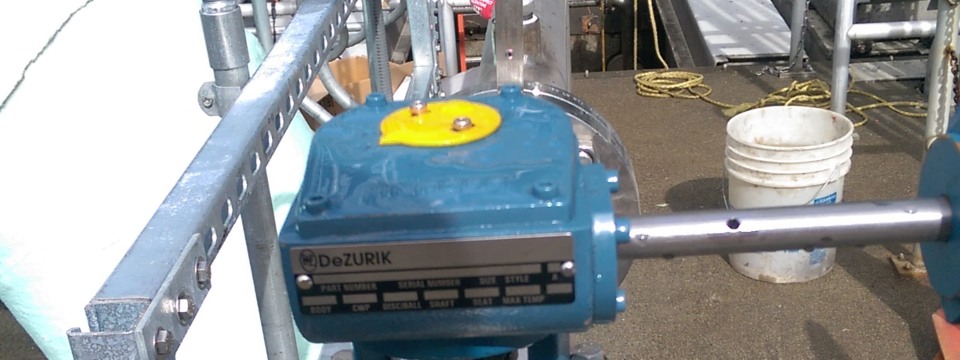
Lynnwood, Washington
Challenge
Wishing to replace equipment at, or nearing, end of life expectancy and avoid imminent capital costs that would result if the aging equipment remained in service, the City of Lynnwood Wastewater Treatment Plant (WWTP) sought a collaborative team to help address and prioritize items on its Capital Improvement Plan. Objectives for the upgrade project included reducing energy costs by using more efficient equipment and improving processes, maximizing operational efficiencies and lowering maintenance costs. Desired upgrades would improve system life and reliability, and maximize energy conservation incentives from Snohomish County PUD (SnoPUD).
Solution
The City of Lynnwood selected Trane to complete an Investment Grade Audit (IGA) of certain City-owned buildings and their wastewater plant through the State of Washington Energy Savings Performance Contracting (ESPC) program administered by the Department of Enterprise Services. Working with the heavily involved City staff throughout the IGA, Trane identified opportunities to improve the operational process and increase energy efficiency at the City of Lynnwood WWTP.
Based on information obtained in the audit, Trane presented a solution that reflected the short- and long-term goals of the City. The detailed IGA concluded that the most effective way of meeting the City’s objectives of improving the activated sludge system process while promoting energy efficiency would be to upgrade the City’s WWTP Aeration System. Three energy conservation measures (ECMs) were evaluated before two were selected for implementation.
Streamlining operations
As the energy service company (ESCO) for the project, Trane managed the upgrade project, including engineering design, construction, construction management services, equipment installation, staff training, and measurement and verification (M&V).
“Choosing Trane as our ESCO through the State ESPC program streamlined the project,” said Les Rubstello, operations and maintenance manager, City of Lynnwood. “Trane had already been pre-approved by the State. They ran the whole process, handled the day to day, and had regular meetings or conference calls with us to provide project updates. That made it easier for us.”
Increasing efficiency and control
New fine bubble diffusers replaced aging diffusers in each of the aeration basins to increase oxygen transfer efficiency. The aeration blowers were automated with updated controls and programmed to integrate all new equipment. New valves and instrumentation were added, including dissolved oxygen (DO) sensors and flow meters. The system upgrades will improve operations, provide more accurate aeration DO control, and maximize energy efficiency.
“The finer bubbles require less air and the fan doesn’t have to work as hard,” said Rubstello. “The controls and monitors keep things running automatically. Plus, we can control each basin individually to make sure we are only using as much air as needed.”
Improving operations
WWTP personnel routinely open the covers on the end of the secondary clarifiers to clean out accumulated scum in the weir troughs. To improve operations, the existing difficult-to-open covers were replaced with new covers to provide easier access to the clarifiers.
Results
Aeration system upgrades at the City of Lynnwood WWTP are expected to achieve guaranteed utility cost reductions totaling 206,482 kWh per year, for an annual savings of $16,679. Due to the significant energy savings, the project qualified for energy conservation incentives from SnoPUD totaling approximately $55,000. Maintenance and operational cost reductions are estimated $5,000 per year as a result of reduced labor to maintain diffusers. The project has also helped the City avoid capital replacement costs associated with piping repairs and diffuser and membrane replacement.
































































































